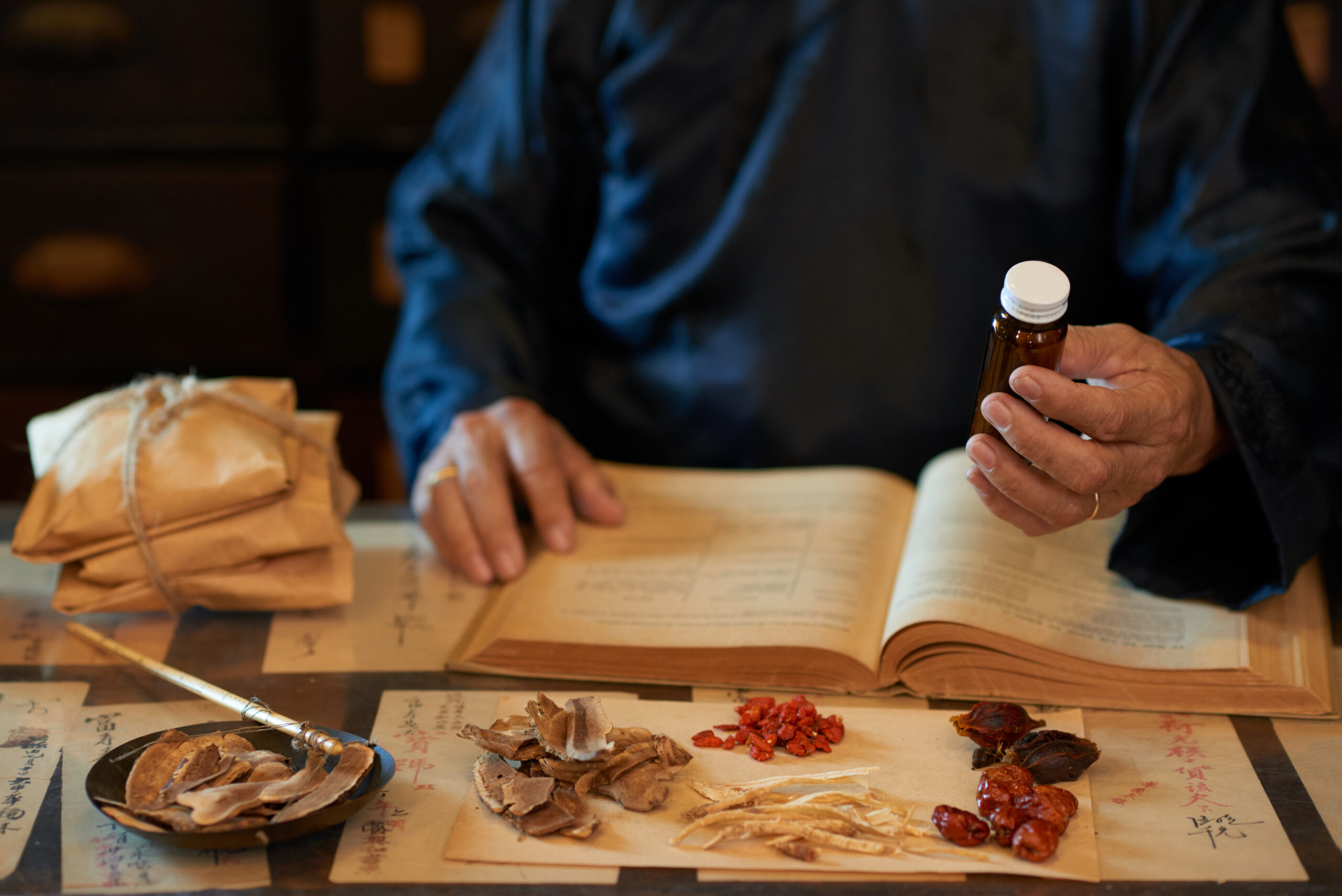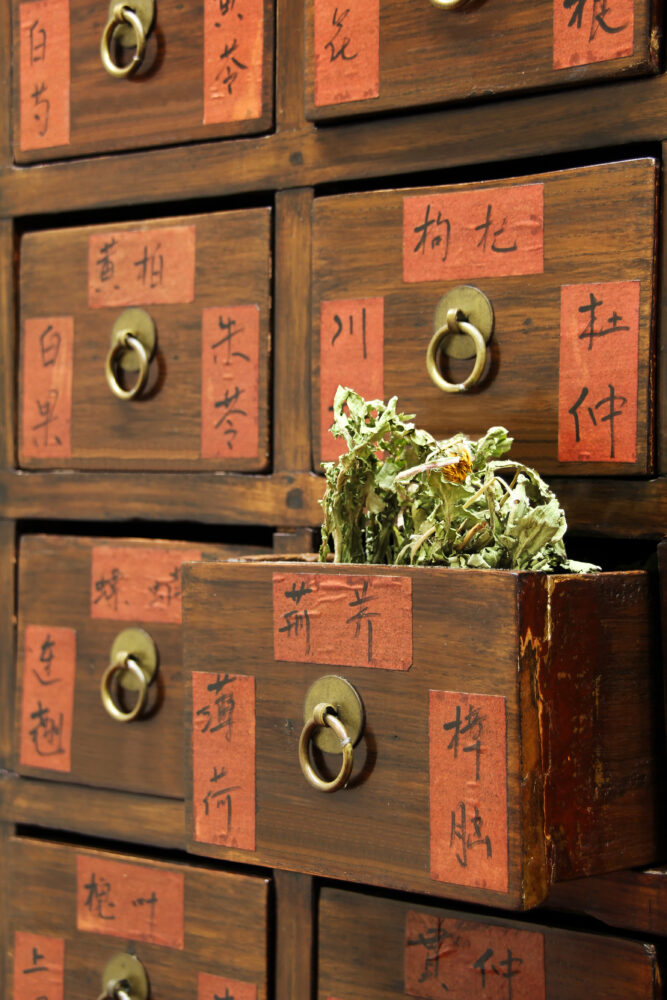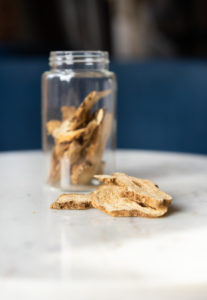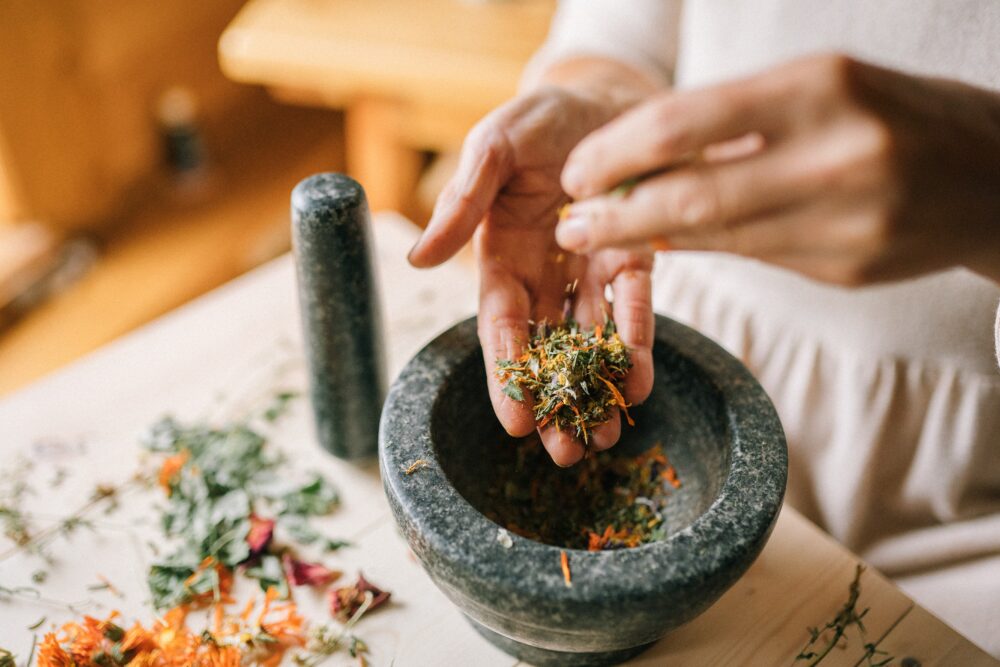UNVEILING THE HERB CHRONICALS
Shen Nong Ben Cao Jing and its Enduring Effect on TCM

In the vast tapestry of Traditional Chinese Medicine (TCM), the roots of herbal wisdom delve deep into the pages of ancient texts. Among these timeless manuscripts, the Shen Nong Ben Cao Jing guides practitioners through the intricate world of herbal medicine. This exploration takes a profound dive into the historical significance of the Shen Nong Ben Cao Jing and illuminates the indelible mark it has left on TCM practices.
The Shen Nong Ben Cao Jing: A Glimpse into Antiquity
Believed to be one of the earliest Chinese herbal texts, the Shen Nong Ben Cao Jing is a revered classic that traces its origins to the mythical figure Shen Nong, the “Divine Farmer.” This ancient manuscript is not merely a compilation of herbs but a testament to the holistic philosophy that forms the cornerstone of TCM.
Historical Significance:
 The Shen Nong Ben Cao Jing is steeped in historical significance, providing a window into the herbal practices of ancient China. Traditionally attributed to Shen Nong, a legendary emperor and herbalist, the text is said to date back to the Han Dynasty (206 BCE – 220 CE) or even earlier, showcasing the rich heritage of Chinese herbal medicine.
The Shen Nong Ben Cao Jing is steeped in historical significance, providing a window into the herbal practices of ancient China. Traditionally attributed to Shen Nong, a legendary emperor and herbalist, the text is said to date back to the Han Dynasty (206 BCE – 220 CE) or even earlier, showcasing the rich heritage of Chinese herbal medicine.
Divine Insights:
Shen Nong, revered as the “Divine Farmer,” is said to have tasted hundreds of herbs to discern their properties and effects on the human body. The Shen Nong Ben Cao Jing encapsulates this divine wisdom, categorizing herbs into three groups based on their therapeutic effects – a classification that laid the foundation for later TCM theories.
The Three Categories:
The Shen Nong Ben Cao Jing divides herbs into three categories: “Superior,” “Middle,” and “Inferior.” This classification is not based on the hierarchical value of the herbs but rather on their potential toxicity and the dosage required for therapeutic effects. It reflects a nuanced understanding of the dynamic interplay between herbs and the human body.
Influencing TCM Practices: The Legacy of Shen Nong Ben Cao Jing
The Shen Nong Ben Cao Jing is not a relic of the past but a living legacy that continues to shape the landscape of TCM practices. Its influence is evident in various facets of herbal medicine, from herb categorization to the principles of herbal formulations.
Herb Categorization and Properties:

The Shen Nong Ben Cao Jing established a framework for categorizing herbs based on their tastes, temperatures, and therapeutic actions. This classification, still integral to TCM, guides practitioners in creating balanced herbal formulas. For example, a bitter herb may be used to clear heat, while a sweet herb may tonify Qi.
Toxicity Awareness:
The text’s emphasis on understanding the toxicity of herbs and their appropriate dosages reflects an early awareness of the delicate balance between therapeutic effects and potential harm. This insight has been crucial in guiding practitioners to use herbs judiciously, ensuring safe and effective treatments.
Formulation Principles:
The Shen Nong Ben Cao Jing laid the groundwork for the principles of herbal formulations. By categorizing herbs based on their properties, the text provided a roadmap for combining herbs to achieve synergistic effects and mitigate potential side effects. This holistic approach to herbal medicine remains fundamental in TCM prescriptions.
Adaptation and Evolution: Shen Nong Ben Cao Jing in Modern Context
As TCM has adapted to modern times, the Shen Nong Ben Cao Jing continues to exert its influence, shaping contemporary herbal practices and innovations.
Integration with Modern Research:
Researchers and practitioners alike continue to explore the herbal insights embedded in the Shen Nong Ben Cao Jing. Studies have delved into the pharmacological properties of herbs mentioned in the text, validating their traditional uses and expanding our understanding of their biochemical effects.
Development of New Herbal Formulas:
 Building upon the ancient principles of the Shen Nong Ben Cao Jing, TCM practitioners continue to develop new herbal formulas. The integration of traditional knowledge with modern research allows for the creation of tailored formulations that address contemporary health challenges while remaining rooted in the timeless wisdom of Shen Nong.
Building upon the ancient principles of the Shen Nong Ben Cao Jing, TCM practitioners continue to develop new herbal formulas. The integration of traditional knowledge with modern research allows for the creation of tailored formulations that address contemporary health challenges while remaining rooted in the timeless wisdom of Shen Nong.
Preservation of Cultural Heritage:
The Shen Nong Ben Cao Jing also plays a crucial role in preserving the cultural heritage of Chinese herbal medicine. Efforts to translate and disseminate the text ensure that its wisdom transcends linguistic and cultural barriers, reaching a global audience interested in the profound legacy of TCM.
Challenges and Opportunities: Navigating the Herbal Landscape
While the Shen Nong Ben Cao Jing provides an invaluable guide to herbal practices, challenges arise in adapting its ancient wisdom to the complexities of modern healthcare.
Standardization and Quality Control:
The vast diversity of herbal sources poses challenges in standardizing herbal preparations. Efforts to establish quality control measures and ensure the purity of herbal products aim to address these challenges and uphold the safety and efficacy of herbal interventions.
Integration with Conventional Medicine:
Bridging the gap between TCM and conventional medicine requires collaboration and understanding. As the Shen Nong Ben Cao Jing informs TCM practices, interdisciplinary approaches that integrate traditional herbal wisdom with evidence-based medicine present opportunities for a harmonious coexistence.
The Shen Nong Ben Cao Jing stands as a testament to the enduring wisdom embedded in the roots of TCM. As practitioners and researchers navigate the herbal landscape, the timeless insights of Shen Nong continue to guide the cultivation of herbal practices. In a world seeking holistic approaches to health, the Shen Nong Ben Cao Jing remains a source of inspiration, nurturing the herbal roots that sustain the flourishing branches of Traditional Chinese Medicine.
Newer
Mastering Seasonal Attunement in Traditional Chinese Medicine: Advanced Strategies for Optimal Health
Older
Beyond the Needle: Exploring the Depths of Advanced Acupuncture Techniques
Comments (0)
Leave a reply
You must be logged in to post a comment.




